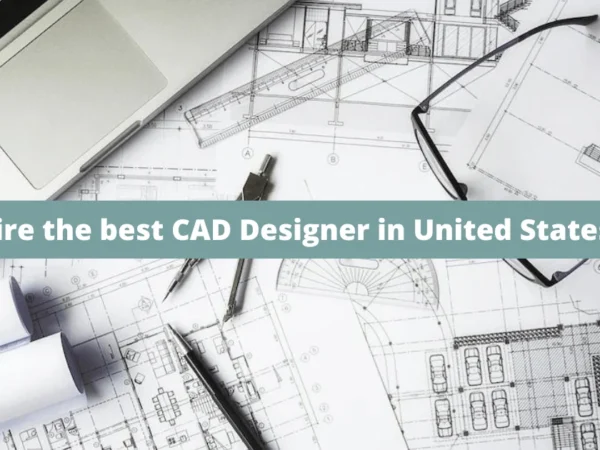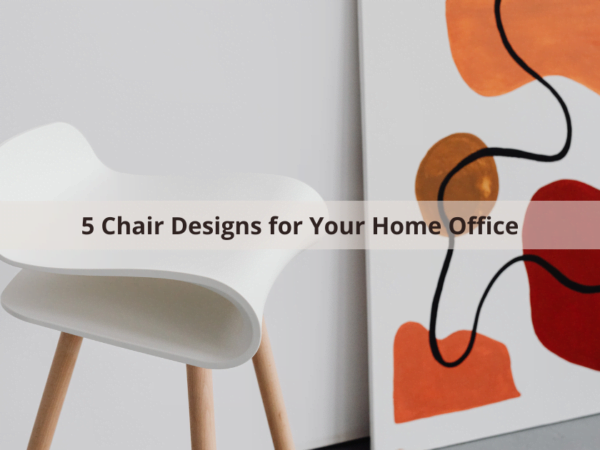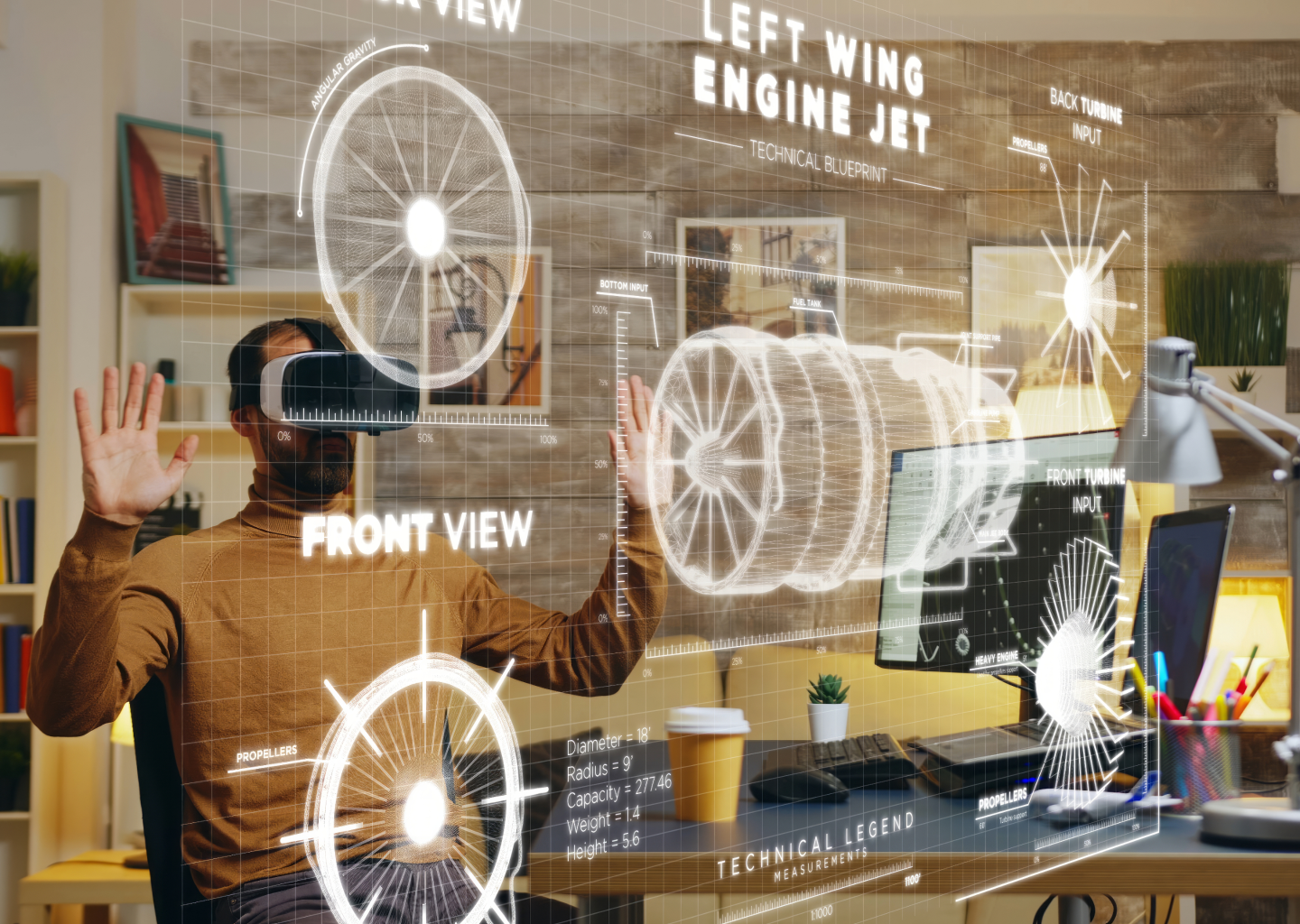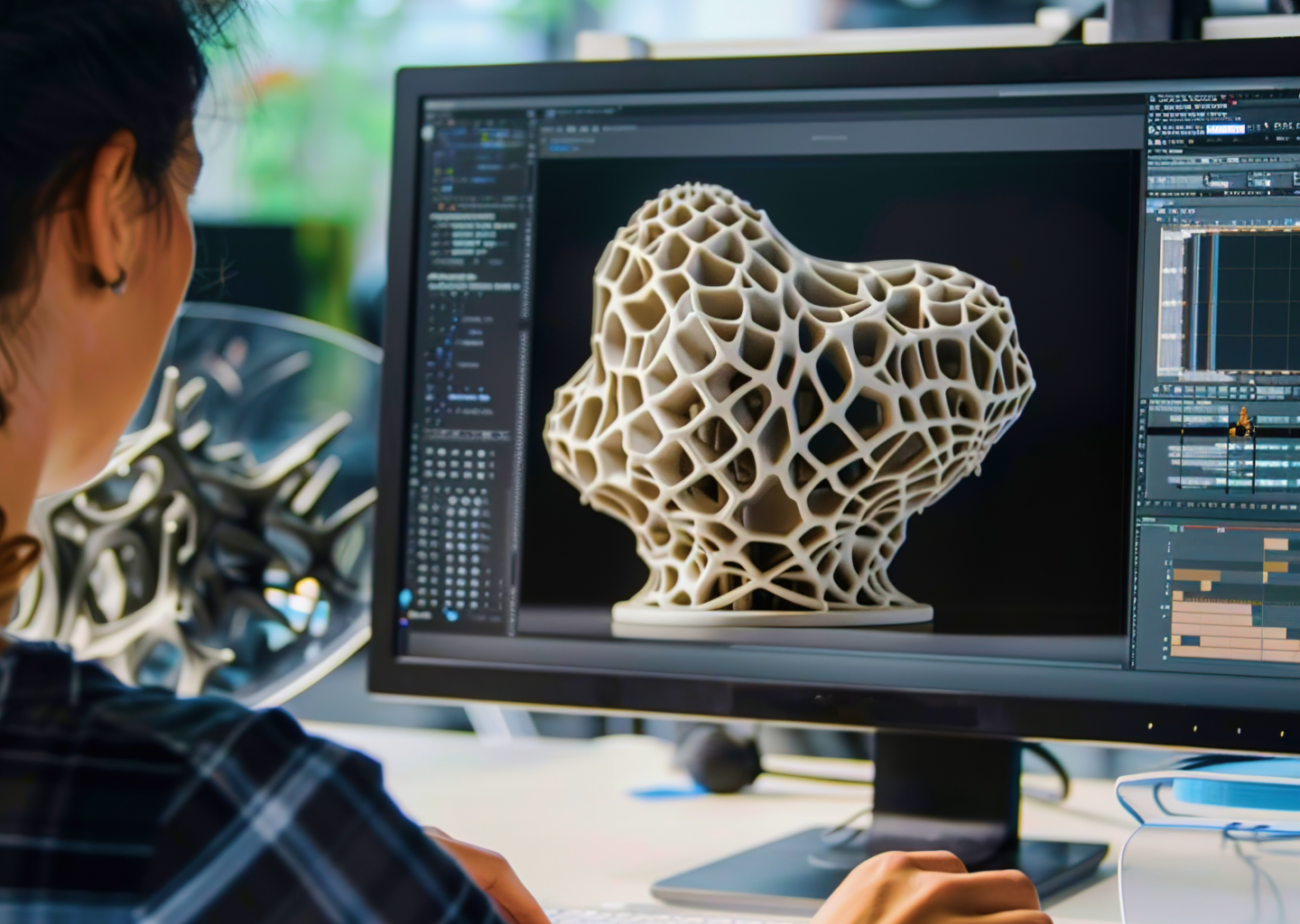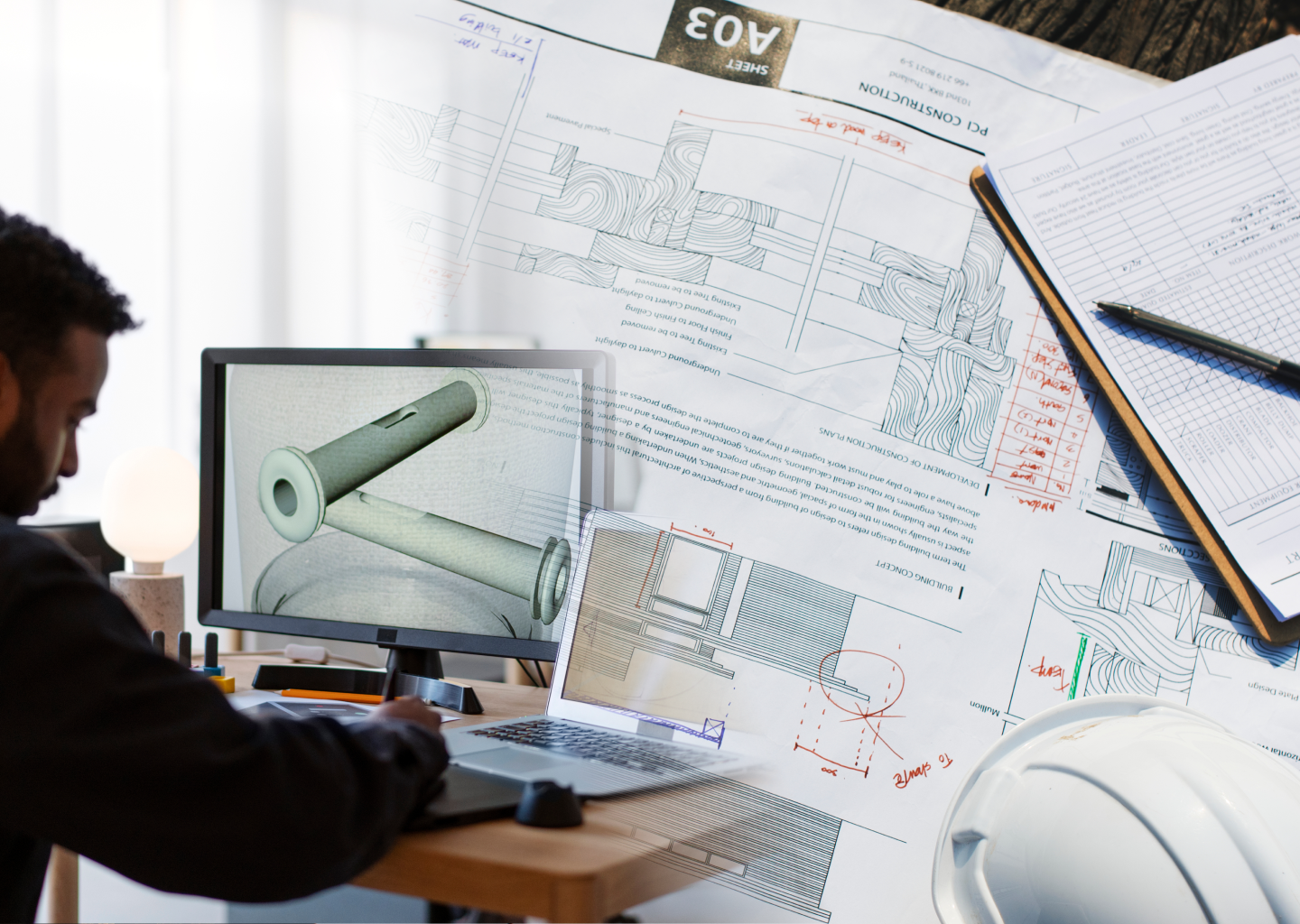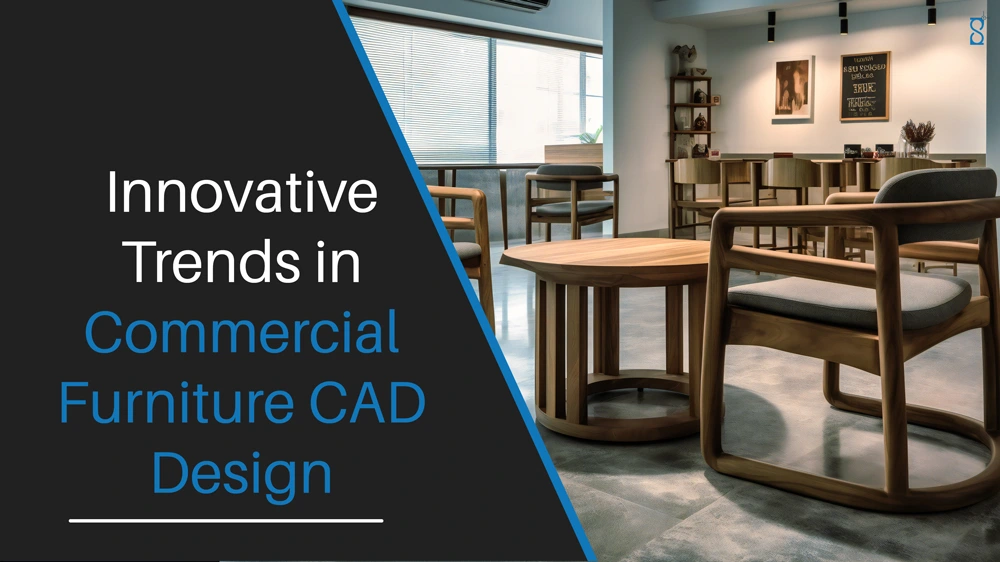
In the dynamic world of commercial furniture design, staying ahead of the curve is met for success. Businesses across the globe are increasingly turning to cutting-edge CAD (Computer-Aided Design) technology to create innovative and functional furniture that meets the evolving needs of modern workspaces. This article explores the latest trends in commercial furniture CAD design, showcasing how these advancements are transforming the industry and offering insights into how businesses can leverage these trends to enhance their spaces.
The Rise of Customization
Tailored Solutions for Unique Needs
Customization is at the forefront of modern commercial furniture design. Businesses today demand furniture that not only fits their specific needs but also aligns with their brand identity. CAD technology enables designers to create bespoke furniture pieces tailored to the unique requirements of each client. This trend is particularly prominent in corporate offices, co-working spaces, and hospitality environments, where personalized furniture solutions can significantly enhance functionality and aesthetics.
Versatile and Adaptive Designs
Another aspect of customization is the ability to design furniture that is versatile and adaptive. With the rise of flexible work environments, furniture that can be easily reconfigured to suit different purposes is in high demand. CAD tools allow designers to experiment with various configurations and create multi-functional pieces that can adapt to changing needs. This versatility not only maximizes space utilization but also promotes a more dynamic and collaborative work environment.
Integration of Smart Technology
Furniture with Built-in Technology
The integration of smart technology into commercial furniture is revolutionizing the way businesses operate. From desks with built-in charging ports to conference tables equipped with wireless connectivity, smart furniture is enhancing productivity and convenience. CAD design plays an important role in seamlessly incorporating these technological features into furniture pieces. Designers can visualize and test the placement of technology components to ensure optimal functionality and user experience.
Ergonomics and Health
Health and well-being are becoming increasingly important considerations in commercial furniture design. Ergonomically designed furniture that promotes good posture and reduces strain is essential for employee well-being. CAD tools allow designers to create furniture that meets ergonomic standards while also incorporating smart features such as height-adjustable desks and chairs with posture-correcting technology. This focus on ergonomics not only improves employee comfort but also boosts productivity and reduces workplace injuries.
Sustainable and Eco-Friendly Designs
Sustainable Materials and Processes
Sustainability is a key trend driving innovation in commercial furniture design. Businesses are increasingly seeking furniture made from eco-friendly materials and produced using sustainable processes. CAD technology enables designers to experiment with sustainable materials such as recycled wood, bamboo, and low-emission fabrics. Additionally, CAD tools facilitate the optimization of manufacturing processes to minimize waste and reduce environmental impact.
Circular Economy and Modular Furniture
The concept of a circular economy is gaining traction in the furniture industry. Modular furniture designs that can be easily disassembled, reconfigured, and recycled are becoming more popular. CAD software allows designers to create modular components that fit together seamlessly, offering businesses the flexibility to adapt their furniture over time. This approach not only extends the lifespan of furniture but also supports sustainability goals by reducing the need for new materials.
Aesthetic Innovations and Design Trends
Minimalist and Sleek Designs
Minimalism continues to be a dominant trend in commercial furniture design. Clean lines, simple forms, and a focus on functionality define this aesthetic. CAD tools enable designers to create sleek and minimalist furniture pieces that make a statement without overwhelming the space. This trend is particularly popular in modern office environments, where a clutter-free and streamlined look is desired.
Biophilic Design
Biophilic design, which incorporates elements of nature into the built environment, is gaining popularity in commercial spaces. Furniture that integrates natural materials, organic shapes, and greenery can enhance the connection between employees and nature, promoting well-being and productivity. CAD technology allows designers to experiment with biophilic elements and visualize how they can be seamlessly integrated into furniture designs.
The Future of Commercial Furniture CAD Design
Virtual Reality and Augmented Reality
The future of commercial furniture design is being shaped by virtual reality (VR) and augmented reality (AR) technologies. These immersive tools allow designers to create virtual prototypes of furniture pieces, enabling clients to experience and interact with the designs before they are manufactured. VR and AR enhance the design process by providing a realistic sense of scale, proportion, and aesthetics, ensuring that the final product meets the client’s expectations.
Artificial Intelligence and Machine Learning
Artificial intelligence (AI) and machine learning are set to revolutionize CAD design. AI algorithms can analyze vast amounts of data to identify design trends, optimize layouts, and suggest innovative solutions. Machine learning can also automate repetitive tasks, allowing designers to focus on creativity and innovation. The integration of AI and machine learning into CAD software will streamline the design process and open up new possibilities for commercial furniture design.
Conclusion
Innovative trends in commercial furniture CAD design are transforming the industry, offering businesses across the USA, UK, Canada, and Australia the opportunity to create functional, aesthetic, and sustainable workspaces. Customization, smart technology integration, sustainability, and aesthetic innovations are driving this evolution, enabling designers to meet the diverse needs of modern workplaces. As the industry continues to embrace cutting-edge technologies such as VR, AR, AI, and machine learning, the future of commercial furniture design looks promising and exciting.
Are you ready to transform your workspace with innovative commercial furniture design? Contact us today to explore how our cutting-edge CAD solutions can bring your vision to life. Whether you’re looking for customized, smart, or sustainable furniture, our expert team is here to help. Let’s create a workspace that inspires productivity and reflects your brand’s identity. Reach out now and take the first step towards a more innovative and functional work environment.
